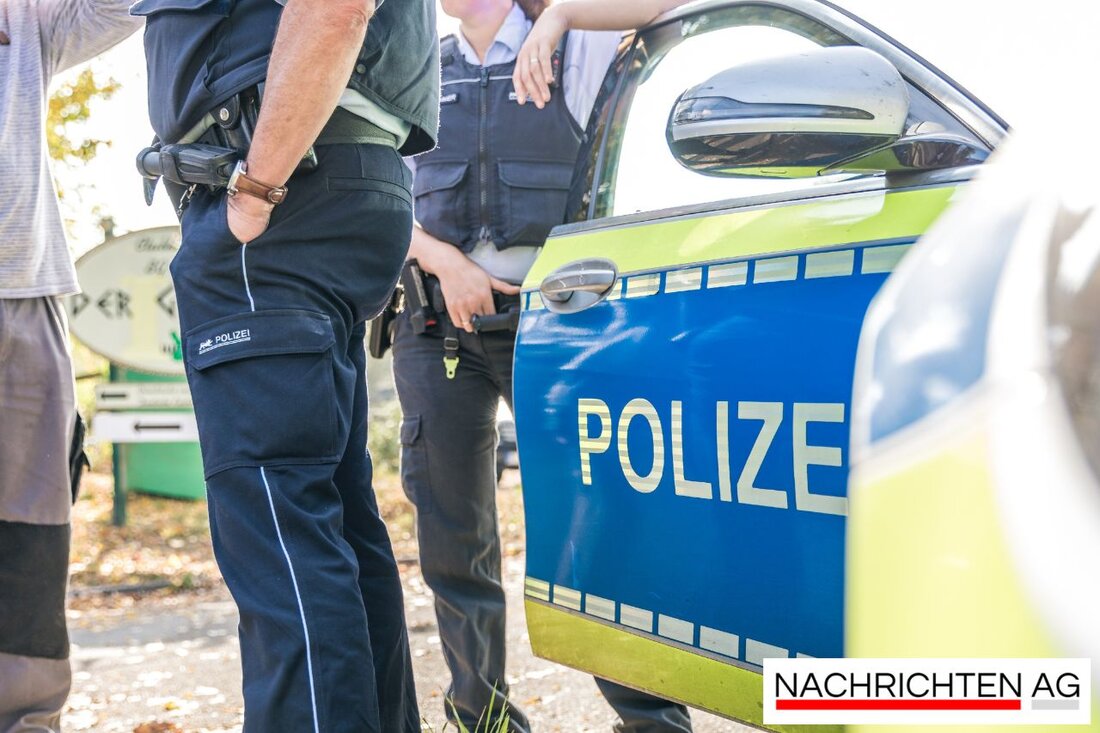School shooting in Graz: Fake news and panic on social media!
Shooting spree in Graz: Fake news and disinformation about the events in Floridsdorf lead to confusion and fear among the population.

School shooting in Graz: Fake news and panic on social media!
A tragic shooting spree in Graz is causing horrified reactions and raising questions about the spread of fake news. On Tuesday morning, at 10 a.m., a 22-year-old former student stormed the BORG and opened fire in two classrooms, including his former one. Ten deaths have been reported so far, while 12 more people, including at least two in critical condition, are being treated in hospitals. The gunman reportedly took his own life in a toilet after the crime, although the exact background to his actions is still unclear. A school psychology expert sees bullying as a possible motive.
A lot of false information is currently making the rounds on social networks. A particular video purportedly showing the Arabic exclamation "Allahu Akbar" is being shared, but it has no connection to the rampage. It was taken in the evening after the crime and shows images from another incident: a shootout in the Floridsdorf district of Vienna that took place at the end of May. Footage of the crime itself is also circulating, although it is falsely claimed that it is about the shooting spree in Graz. Such disinformation can be extremely harmful in crisis situations, as the Federal Agency for Civic Education states.
Resistance to false reports
The confusion surrounding the events is further exacerbated by images showing US citizen Sam Hyde. Although these show a well-known Internet hoax, they are incorrectly distributed as photos of the gunman. Such misunderstandings are not new; Sam Hyde has been linked to other incidents in the past, highlighting the issue of inaccurate information on social media.
Experts consider the spread of fake news to be worrying. Not only false reports are circulating on social media, but also targeted disinformation that is deliberately spread to influence opinions or stir up fears. Empirical studies show that although less than 1% of content is considered fake news, it is often consumed intensively in certain circles. Trust in political and media institutions plays a crucial role here, because low trust increases the susceptibility to false reports.
What can you do?
There are various approaches to combating fake news: fact checks, awareness-raising measures and promoting media literacy are some of the most important strategies. Especially in times of crisis, it is important to critically question which information is really trustworthy. Media literacy should not only be taught, but actively promoted in order to maintain trust in reputable sources and minimize the spread of false information. The example of Graz shows once again how important it is to find your way in the complex media landscape and to act responsibly.
We recommend being particularly careful and consuming information based on verified sources. The shooting in Graz is a tragic reminder that behind every headline there are real people.
For more information, see the articles from Express, Today and bpb.de.

 Suche
Suche
 Mein Konto
Mein Konto